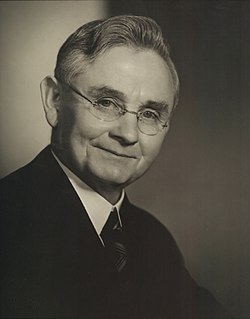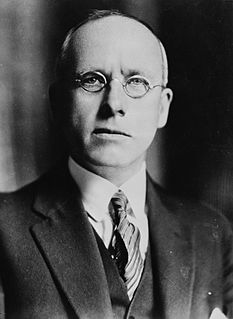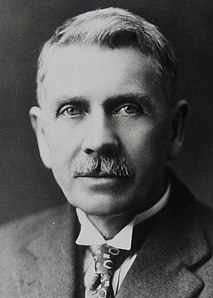The People's Movement was a political party in New Zealand. It was active in the late 1930s and early 1940s, and was individualist in outlook. It campaigned for a reduction in the size of government, a reform of the civil service, a limit on the powers of political parties, and an end to the governing Labour Party's "socialist" policies.
A political party is an organized group of people, often with common views, who come together to contest elections and hold power in the government. The party agrees on some proposed policies and programmes, with a view to promoting the collective good or furthering their supporters' interests.

New Zealand is a sovereign island country in the southwestern Pacific Ocean. The country geographically comprises two main landmasses—the North Island, and the South Island —and around 600 smaller islands. New Zealand is situated some 2,000 kilometres (1,200 mi) east of Australia across the Tasman Sea and roughly 1,000 kilometres (600 mi) south of the Pacific island areas of New Caledonia, Fiji, and Tonga. Because of its remoteness, it was one of the last lands to be settled by humans. During its long period of isolation, New Zealand developed a distinct biodiversity of animal, fungal, and plant life. The country's varied topography and its sharp mountain peaks, such as the Southern Alps, owe much to the tectonic uplift of land and volcanic eruptions. New Zealand's capital city is Wellington, while its most populous city is Auckland.

Individualism is the moral stance, political philosophy, ideology, or social outlook that emphasizes the moral worth of the individual. Individualists promote the exercise of one's goals and desires and so value independence and self-reliance and advocate that interests of the individual should achieve precedence over the state or a social group, while opposing external interference upon one's own interests by society or institutions such as the government. Individualism is often defined in contrast to totalitarianism, collectivism, and more corporate social forms.
Although the Movement had a relatively high political profile, it did not achieve any notable successes. In April 1940, the Movement was joined by Albert Davy, an astute political organiser who had been credited with successful campaigns for the United Party and the Reform Party. However his Democrat Party formed in 1934 only split the conservative vote in the 1935 election and the 1938 election, and aided the 1935 Labour landslide.
Albert Ernest Davy was a New Zealand political organiser and campaign manager; and at the height of his career, was regarded as one of the best in the country. He was a strong opponent of socialism, and spent most of his life fighting what he saw as socialist tendencies in New Zealand politics.
The United Party of New Zealand, a party formed out of the remnants of the Liberal Party, formed a government between 1928 and 1935, and in 1936 merged with the Reform Party to establish the National Party.
Again, Davy and the People's Movement failed to make much impact. In February 1941, a faction of the Movement merged into the National Party, and in 1942, Davy branched off to found the New Zealand Co-operative Party.

The New Zealand National Party, shortened to National or the Nats, is a centre-right political party in New Zealand. It is one of two major parties that dominate contemporary New Zealand politics, alongside its traditional rival, the New Zealand Labour Party.
The New Zealand Co-operative Party or the United Liberal Co-operative Party was a short-lived political party in New Zealand. It was founded in December 1941 by anti-socialist political organiser Albert Davy after he left the People's Movement.
In the 1943 elections, the remnants of the People's Movement (organised by Davy) [1] sponsored 25 candidates under the name of the "Independent Group" or "Independent People's Group" (IPG), but the candidates got only 7,389 votes (0.89%; provisional vote count) and none were elected. [2] Davy complained that the 1943 election was decided on "strictly party" lines, and said that the effect of the Democratic Labour Party standing was to give six seats to the National Party. [3]
The Democratic Labour Party (DLP) was a left-wing political party in New Zealand in the 1940s. It was a splinter from the larger Labour Party, and was led by the prominent socialist John A. Lee.









